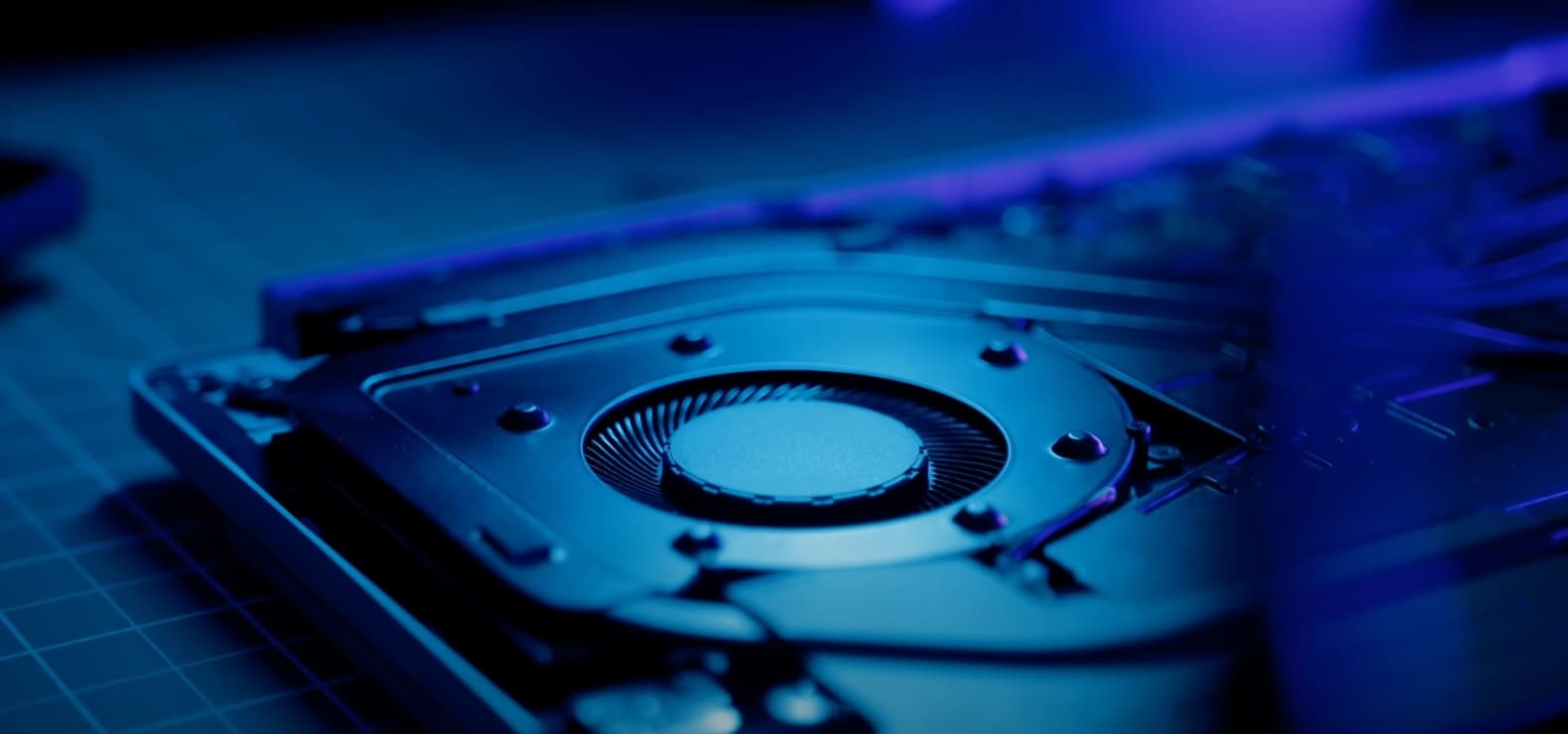

Articles
How To Turn Laptop Fan Off
Modified: January 19, 2024
Learn how to turn off your laptop fan and keep your device cool with these helpful articles. Discover the best tips and tricks to avoid overheating and maximize performance.
(Many of the links in this article redirect to a specific reviewed product. Your purchase of these products through affiliate links helps to generate commission for Storables.com, at no extra cost. Learn more)
Introduction
When it comes to laptops, one of the most common annoyances is the noise generated by the cooling fan. These small but essential devices work tirelessly to keep our laptops running smoothly by dissipating heat generated by the internal components. However, the constant hum of the fan can be distracting, especially during quiet moments when we need to focus or relax. If you’ve ever wondered if it’s possible to turn off your laptop fan, you’re not alone.
In this article, we will explore the reasons why you might want to turn off your laptop fan and discuss the safety considerations involved. Additionally, we’ll delve into three different methods you can try to disable your laptop fan.
Before diving into the different methods, it’s important to note that tampering with the fan settings of your laptop can have potential consequences. Altering the fan settings without proper knowledge may result in increased internal temperatures, reduced performance, and even hardware failure. It’s crucial to proceed with caution and only make changes if you fully understand the risks involved. As always, it’s recommended to follow the manufacturer’s guidelines or consult with a professional before attempting any modifications.
With that said, let’s explore the reasons why you might want to turn off your laptop fan.
Key Takeaways:
- Turning off your laptop fan can reduce noise and extend battery life, but it comes with potential risks such as overheating and reduced performance. Always monitor temperatures and consider alternative cooling solutions.
- Methods to turn off the laptop fan include BIOS settings, third-party software, and physical modification. However, proceed with caution and seek professional advice to avoid damaging your laptop.
Read more: How To Turn Off Computer Fan
Why Turn off Laptop Fan?
Although laptop fans are designed to keep your device running smoothly, there are a few reasons why you might want to turn off your laptop fan:
- Noise Reduction: The constant whirring sound emitted by laptop fans can be a significant source of distraction, especially in quiet environments. By turning off the fan, you can enjoy a quieter and more peaceful working or entertainment experience.
- Battery Life: Laptop fans consume battery power to operate. If you’re in a situation where battery life is critical, such as when traveling or during power outages, disabling the fan can help conserve battery and extend your laptop’s usage time.
- Cooling Efficiency: In some cases, the laptop’s built-in cooling system may not be effectively managing the heat generated by the internal components. Disabling the fan temporarily can push your device to thermal limits, allowing you to evaluate whether additional cooling solutions, such as an external cooling pad, are necessary.
- Experimentation and Customization: Tech enthusiasts, overclockers, and gamers may want to experiment with different cooling configurations or customize the performance of their laptops. By turning off the fan, they can assess the impact on temperatures and performance and fine-tune their systems accordingly.
It’s essential to consider the potential drawbacks and risks associated with turning off your laptop fan. Excessive heat can cause damage to your laptop’s internal components, affecting performance and longevity. It’s crucial to monitor temperatures closely and ensure adequate cooling is in place, especially if you plan to disable the fan for an extended period or during resource-intensive tasks.
Now that we understand the reasons behind wanting to turn off the laptop fan, let’s delve into the safety considerations involved in doing so.
Is Turning off Laptop Fan Safe?
Turning off your laptop fan can have both advantages and potential risks. It’s important to carefully consider the safety implications before proceeding.
First and foremost, laptop fans play a crucial role in preventing overheating. They help dissipate the heat generated by the internal components, ensuring that your laptop operates within safe temperature ranges. By turning off the fan, you may risk exposing your laptop to excessive heat, which can lead to component failure and permanent damage.
It’s important to note that modern laptops are designed with thermal management systems that adjust fan speeds based on temperature sensors. These systems are carefully calibrated by the manufacturer to maintain a balance between performance and heat dissipation. Disabling the fan may disrupt this balance, causing the laptop to overheat under certain conditions.
However, in certain situations, turning off the laptop fan can be considered safe, as long as certain precautions are taken. For example:
- Intermittent Use: If you only plan to turn off the fan temporarily or for short periods, it may not pose a significant risk. However, it’s crucial to monitor the laptop’s temperature closely and ensure that it doesn’t exceed safe levels.
- Additional Cooling Measures: Before turning off the fan, consider implementing alternative cooling solutions to compensate for the lack of active cooling. This can include using an external cooling pad or ensuring proper airflow around the laptop.
- Lower Performance Settings: If you reduce the performance settings of your laptop, such as lowering the CPU voltage or limiting maximum clock speeds, it can help mitigate the heat generated, reducing the reliance on active cooling.
It’s important to mention that the safety of turning off the fan also depends on individual laptop models, hardware configurations, and environmental factors. Some laptops may have more robust cooling systems or better thermal dissipation capabilities, while others may be more prone to overheating.
Before proceeding with disabling the laptop fan, it’s crucial to consult the manufacturer’s guidelines or seek advice from qualified professionals familiar with your specific laptop model. They can provide valuable insights based on your laptop’s design and help you assess the associated risks.
Now that we’ve discussed the safety considerations involved, let’s explore three different methods you can try to turn off your laptop fan.
How to Turn off Laptop Fan
Before attempting to turn off your laptop fan, it’s important to remember that tampering with the fan settings can have serious consequences for your device’s performance and longevity. Proceed with caution and only make changes if you fully understand the risks involved.
Here are three methods you can try to turn off your laptop fan:
Method 1: Using BIOS Settings
Accessing the BIOS (Basic Input/Output System) settings allows you to modify various hardware settings, including fan controls. To turn off the laptop fan using BIOS, follow these steps:
- Restart your laptop and continuously tap the designated key to enter the BIOS setup (common keys include F2, F10, or Del, depending on the manufacturer).
- Navigate to the “Power” or “Hardware” section.
- Look for the fan control or cooling options and select “Disable” or “Off” to turn off the fan.
- Save your changes and exit the BIOS setup. Your laptop should boot up without the fan running.
Read more: How To Turn Off An Attic Fan
Method 2: Using Third-Party Software
There are several third-party software applications available that allow you to control your laptop’s fan speed and even turn it off completely. These programs offer more flexibility and customization options. Here’s how you can use third-party software to turn off the laptop fan:
- Research and choose a reliable third-party software program that supports fan control.
- Download and install the selected software.
- Launch the software and navigate to the fan control settings.
- Select the option to turn off the fan or manually set the fan speed to 0%.
- Apply the changes and monitor your laptop’s temperature closely to ensure it stays within safe limits.
Method 3: Physical Modification
This method involves physically disconnecting the fan from the laptop’s motherboard, effectively disabling it. It is the most extreme option and should only be considered by advanced users who are comfortable performing hardware modifications. Please note that this method will void any warranty and may cause permanent damage to your laptop if not done correctly. It is highly recommended to seek professional assistance if you decide to pursue this method.
Remember, before attempting any of these methods, it’s crucial to understand that disabling the laptop fan can have serious implications for the device’s performance and lifespan. Always monitor your laptop’s temperature closely and be prepared to face potential risks and consequences.
Now that you are aware of the methods to turn off the laptop fan, let’s discuss some important considerations you should keep in mind.
Method 1: Using BIOS Settings
Accessing the BIOS (Basic Input/Output System) settings on your laptop allows you to modify several hardware settings, including fan controls. By exploring the BIOS settings, you can potentially turn off the laptop fan. Here’s how to do it:
- Restart your laptop: Begin by restarting your laptop, ensuring that it completely shuts down and then powers back on.
- Enter BIOS setup: While the laptop is starting up, look for the prompt to enter the BIOS setup or access the boot menu. Common keys to press include F2, F10, or Del, but it can vary depending on the laptop’s manufacturer. Refer to your laptop’s manual or search online for the specific key for your model.
- Navigate to the power or hardware settings: Once you have accessed the BIOS setup, use the arrow keys on your keyboard to navigate to the “Power” or “Hardware” section. The exact name and location may vary depending on the laptop’s BIOS version.
- Find the fan control or cooling options: Within the power or hardware settings, look for the options related to fan control or cooling. They may be labeled as “Fan settings,” “Fan control mode,” or similar terms.
- Disable or turn off the fan: Once you have located the fan control options, select the appropriate setting to turn off the fan. This setting may be called “Disabled,” “Off,” or “Passive.” Keep in mind that the exact wording can vary across different BIOS versions and laptop models. If you are unsure, consult your laptop’s manual or search online for specific instructions.
- Save changes and exit: After making the desired changes to the fan settings, navigate to the option to save your changes and exit the BIOS setup. Typically, there will be an option such as “Save changes and exit” or “Exit and save changes.”
Upon exiting the BIOS setup, your laptop should boot up without the fan running. However, it’s important to note that tampering with BIOS settings can have consequences if not done properly. Incorrectly modifying settings or selecting inappropriate options can result in system instability, overheating, or even damage to your laptop’s components.
It’s always a good idea to follow the manufacturer’s instructions or consult with a professional before attempting any changes to the BIOS settings. They can provide specific guidance based on your laptop’s model and ensure that you don’t unintentionally cause any harm to your device.
Now that you know how to turn off the laptop fan using the BIOS settings, let’s explore another method: using third-party software.
Method 2: Using Third-Party Software
If accessing the BIOS settings to turn off your laptop fan seems complicated or unavailable, you can consider using third-party software. These software applications offer more flexibility and control over your laptop’s fan speed and can even allow you to turn it off completely. Here’s how you can use third-party software to achieve this:
- Research and choose a reliable software program: Start by researching and selecting a reputable third-party software program that offers fan control capabilities. Some popular options include SpeedFan, HWiNFO, and MSI Afterburner. Make sure to choose a program that is compatible with your laptop’s make and model.
- Download and install the software: Once you have selected the software, visit the official website and download the latest version. Follow the on-screen instructions to install the software on your laptop.
- Launch the software and access fan control settings: Open the installed software and navigate to the fan control settings. The location of these settings may vary depending on the program, so refer to the software’s documentation or user guide if you are unsure.
- Disable or set the fan speed to 0%: Within the fan control settings, look for the option to disable the fan or manually set the fan speed to 0%. Select this option to turn off the laptop fan completely.
- Apply the changes and monitor temperature: After modifying the fan control settings, apply the changes and monitor your laptop’s temperature closely. Keep an eye on the temperature readings to ensure that the system remains within safe operating limits.
Using third-party software to control the laptop fan provides more customization options compared to the BIOS settings. However, it’s important to note that not all laptops or fan models may be supported by these software programs. Additionally, using third-party software for fan control may increase the risk of system instability if not used correctly.
Ensure that you download the software from trusted sources and consult user reviews and online forums to verify its compatibility with your laptop. Always monitor the system temperature and be prepared to revert to default fan settings or seek professional assistance if you encounter any issues or experience excessive heat buildup.
Now that you are familiar with how to use third-party software to control your laptop fan let’s explore the third method, which involves physical modification.
Read more: How To Turn Off Automatic Bathroom Fan
Method 3: Physical Modification
The third method to turn off your laptop fan involves a more drastic approach, which is physically modifying your laptop’s hardware. This method should only be attempted by advanced users who have experience with computer hardware and are willing to accept the risks involved. Please note that performing physical modifications to your laptop can void the warranty and potentially damage the device if not done correctly. It is highly recommended to seek professional assistance or proceed with caution.
Here are the general steps involved in physically modifying your laptop to turn off the fan:
- Prepare the necessary tools: Before proceeding, gather the necessary tools, including a small screwdriver, precision tweezers, and thermal paste (for reapplication, if required).
- Open the laptop: Carefully disassemble your laptop by removing the screws holding the bottom panel in place. Refer to your laptop’s manual or search online for detailed instructions specific to your model.
- Locate the fan: Once the laptop is opened, locate the cooling fan. It is usually situated near the laptop’s processor or on the side where the motherboard is located.
- Disconnect the fan: Using the precision tweezers or your fingers, gently disconnect the fan’s power cable from the motherboard. This step effectively disables the fan.
- Reassemble and test: Carefully reassemble your laptop, ensuring that all screws are tightened securely. Power on your laptop and monitor the temperature closely to ensure that it stays within safe limits.
It’s crucial to note that physically removing or disconnecting the fan will eliminate the active cooling mechanism. As a result, your laptop may experience higher temperatures during extended usage or resource-intensive tasks, potentially leading to thermal throttling or other performance issues. It is important to monitor the temperatures closely and consider implementing alternative cooling measures if necessary, such as using an external cooling pad.
It’s highly recommended to exercise caution and seek professional assistance if you are not confident in performing physical modifications to your laptop. Incorrect handling during the disassembly process or accidental damage to sensitive components can lead to irreparable harm to your laptop.
Now that you are aware of the third method, it’s important to carefully consider the potential risks and consequences before attempting any physical modifications to your laptop’s fan.
Before you proceed with any method to turn off your laptop fan, always remember to back up your important files and ensure you have a contingency plan in case something goes wrong. It’s better to be safe than sorry.
By understanding the different methods available, you can make an informed decision about whether or not to turn off your laptop fan based on your specific needs and circumstances.
In the next section, we will discuss some important considerations to keep in mind when dealing with turning off your laptop fan.
Important Considerations
Before proceeding with any method to turn off your laptop fan, it’s essential to consider the following important factors:
1. Heat Dissipation:
Disabling the laptop fan can result in reduced heat dissipation, potentially causing your laptop to overheat. This can lead to various issues, including decreased performance, system instability, and even hardware damage. It’s crucial to monitor the temperature closely during operation and take necessary measures to ensure adequate cooling.
2. Warranty and Support:
Modifying your laptop’s fan settings, especially physically modifying the hardware, can void the warranty. This means that any potential issues or damages related to the fan or other components may no longer be covered by the manufacturer. Consider the implications before proceeding.
3. Performance Impact:
Turning off the laptop fan can impact performance, particularly during resource-intensive tasks. Excessive heat buildup can trigger thermal throttling, reducing the CPU and GPU clock speeds to manage temperatures. This can result in reduced performance and slower response times. It’s important to balance the need for silence with the performance requirements of your laptop.
4. Alternative Cooling Solutions:
If you decide to turn off the laptop fan, it’s crucial to implement alternative cooling solutions to maintain proper thermal management. This can include using external cooling pads, elevating the laptop for better airflow, or utilizing additional fans. Ensuring optimal cooling is necessary to prevent overheating and maintain the longevity of your laptop.
5. Professional Assistance:
If you are uncomfortable or uncertain about modifying the fan settings yourself, it’s recommended to seek professional assistance. An experienced technician can guide you through the process, offer insights specific to your laptop model, and help minimize the risks involved.
Remember that every laptop model is unique, and the methods discussed in this article may not be applicable or suitable for all devices. Always refer to your laptop’s manual, consult the manufacturer’s guidelines, or seek professional advice before making any changes to your laptop’s fan settings.
Now that we’ve covered the important considerations, let’s summarize what we’ve discussed so far.
Conclusion
Turning off the laptop fan can provide a quieter environment and potentially extend battery life. However, it’s essential to understand the potential risks and consequences involved before proceeding with any method. Tampering with the fan settings can result in increased temperatures, reduced performance, system instability, and even hardware damage.
In this article, we explored three different methods to turn off the laptop fan: using BIOS settings, utilizing third-party software, and physically modifying the hardware. Each method has its own considerations and level of complexity, and the suitability may vary depending on your specific laptop model and requirements.
If you decide to turn off the laptop fan, it’s crucial to monitor the temperature closely and implement alternative cooling solutions to prevent overheating. Additionally, always keep in mind the impact on performance and consider seeking professional assistance if you are uncertain about making modifications yourself.
Remember, the laptop fan plays a crucial role in maintaining proper heat dissipation and protecting your laptop from potential damage. Disabling the fan should be approached with caution and done only if you fully understand the risks involved.
Ultimately, the decision to keep the laptop fan on or turn it off depends on your personal preferences, environment, and specific use cases. It is important to strike a balance between a quiet working environment and maintaining the optimal functioning of your laptop.
Please ensure that you carefully consider the information provided in this article and take all necessary precautions before making any changes to your laptop’s fan settings. Consult the manufacturer’s guidelines or seek professional advice if you are unsure about the best course of action.
We hope this article has provided you with valuable insights into the reasons, safety considerations, and methods for turning off the laptop fan. By making an informed decision, you can create a more comfortable and tailored laptop experience.
Frequently Asked Questions about How To Turn Laptop Fan Off
Was this page helpful?
At Storables.com, we guarantee accurate and reliable information. Our content, validated by Expert Board Contributors, is crafted following stringent Editorial Policies. We're committed to providing you with well-researched, expert-backed insights for all your informational needs.
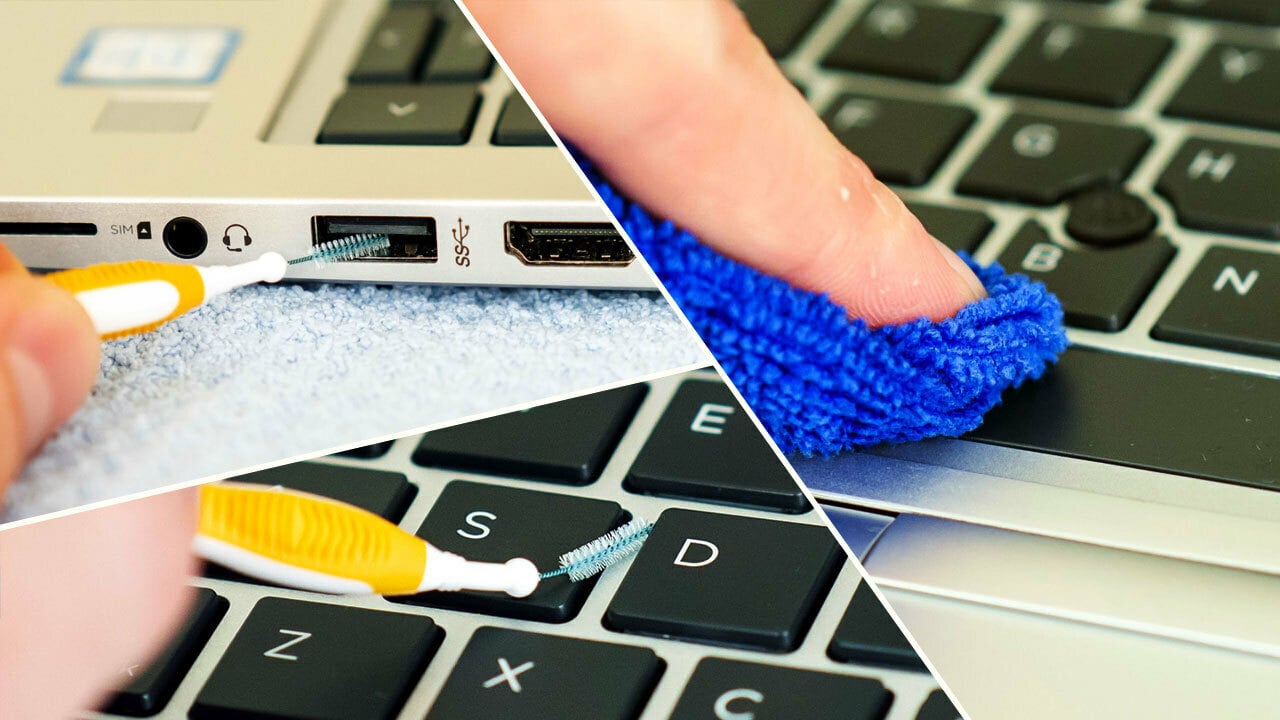
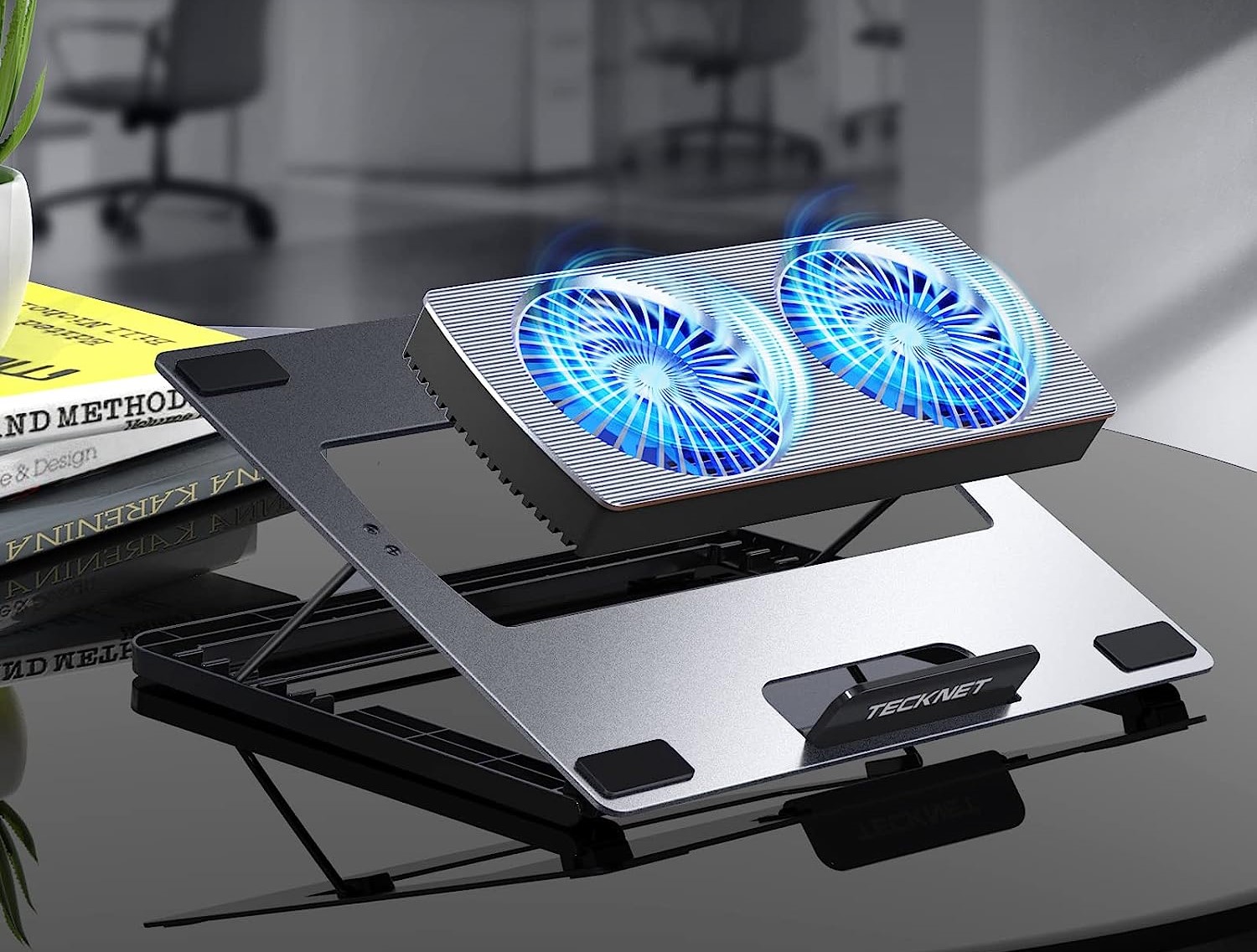
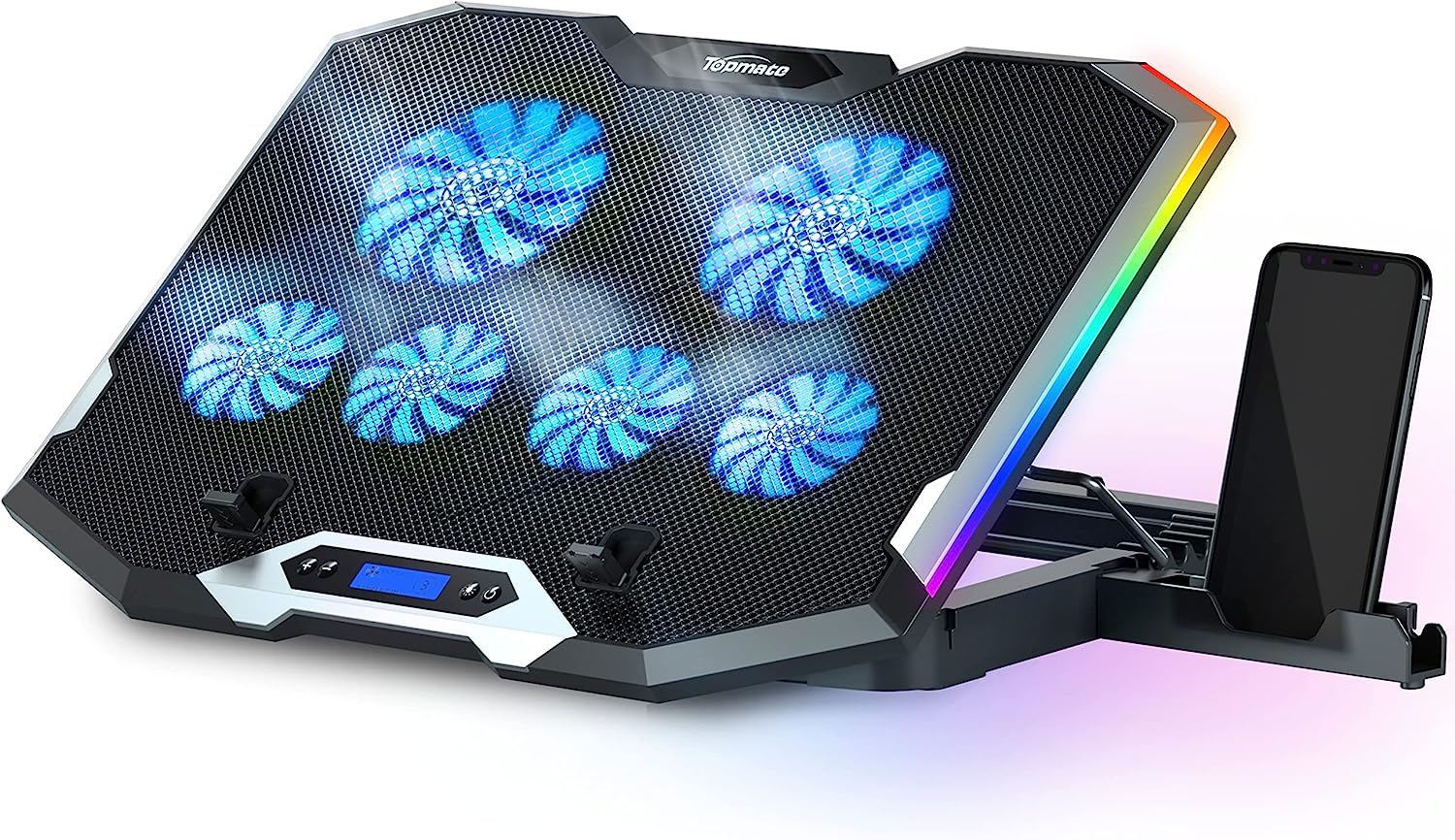
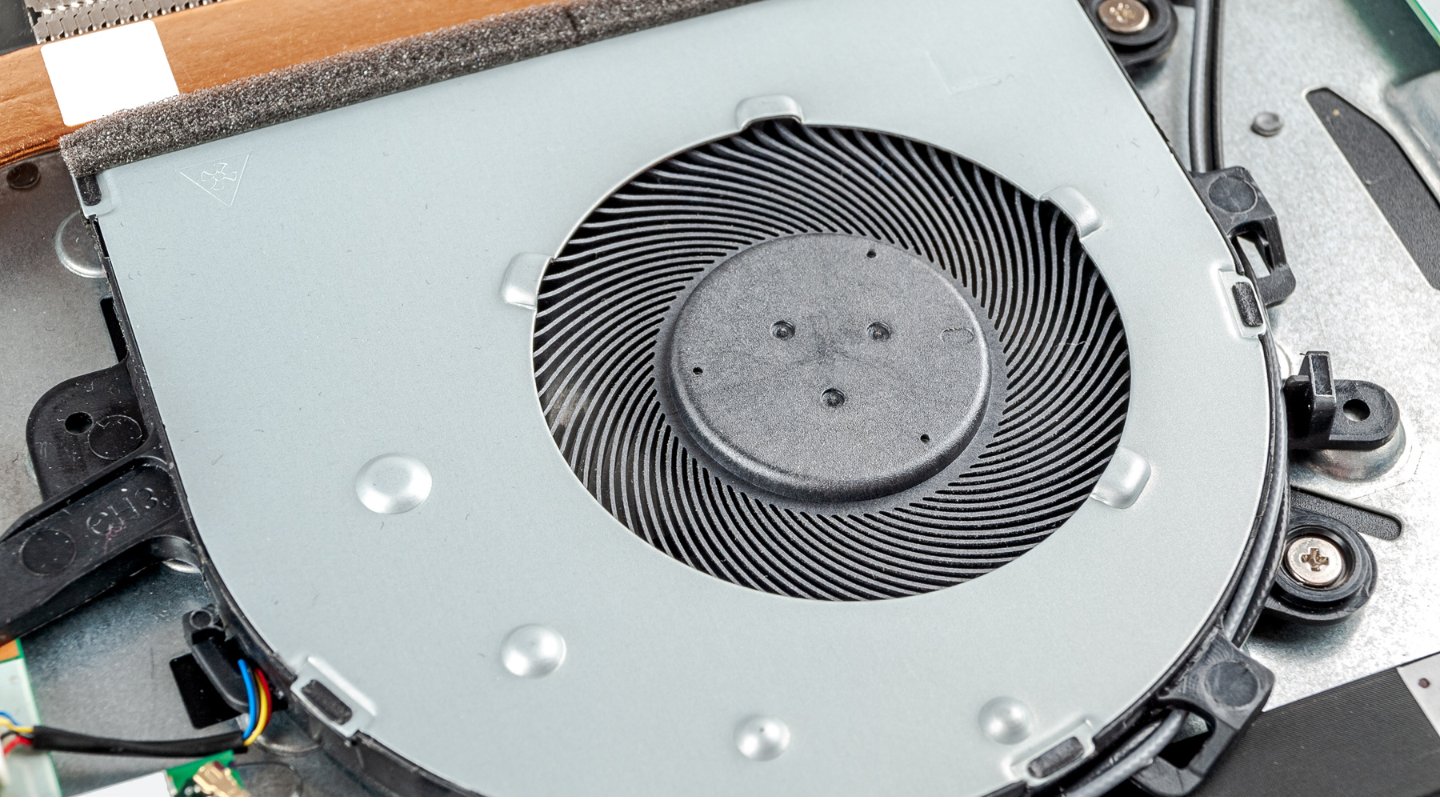

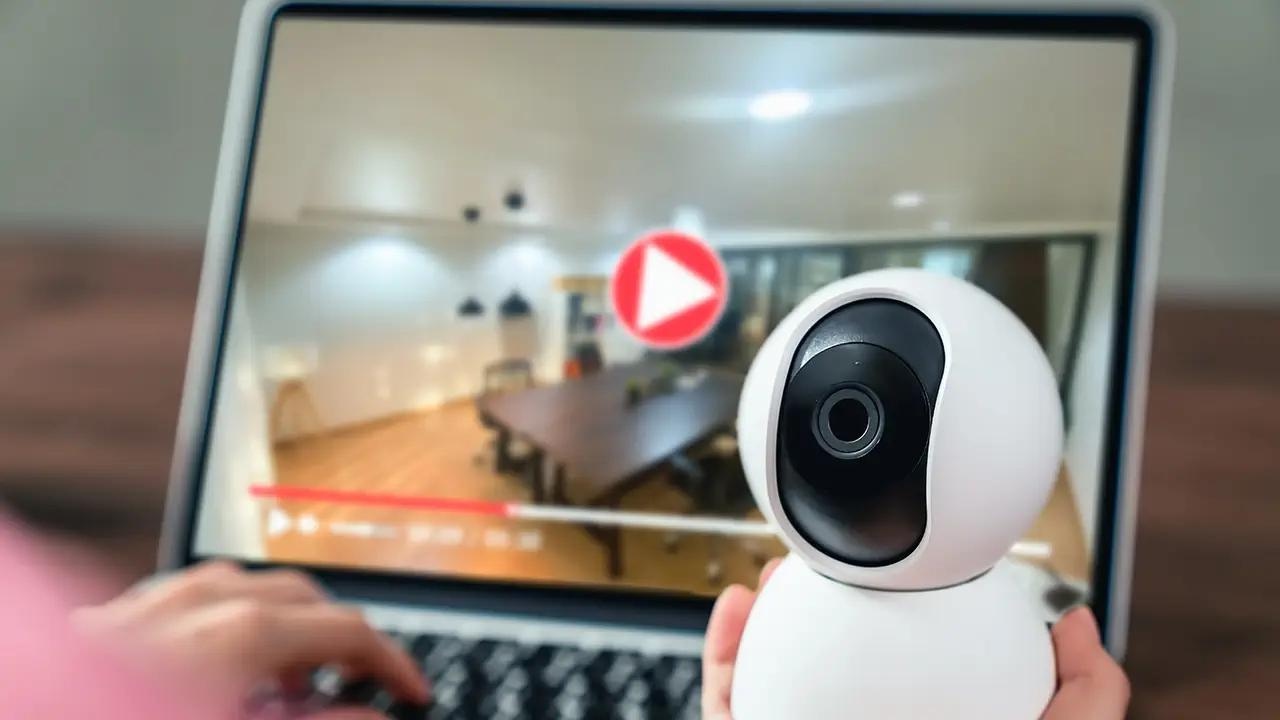

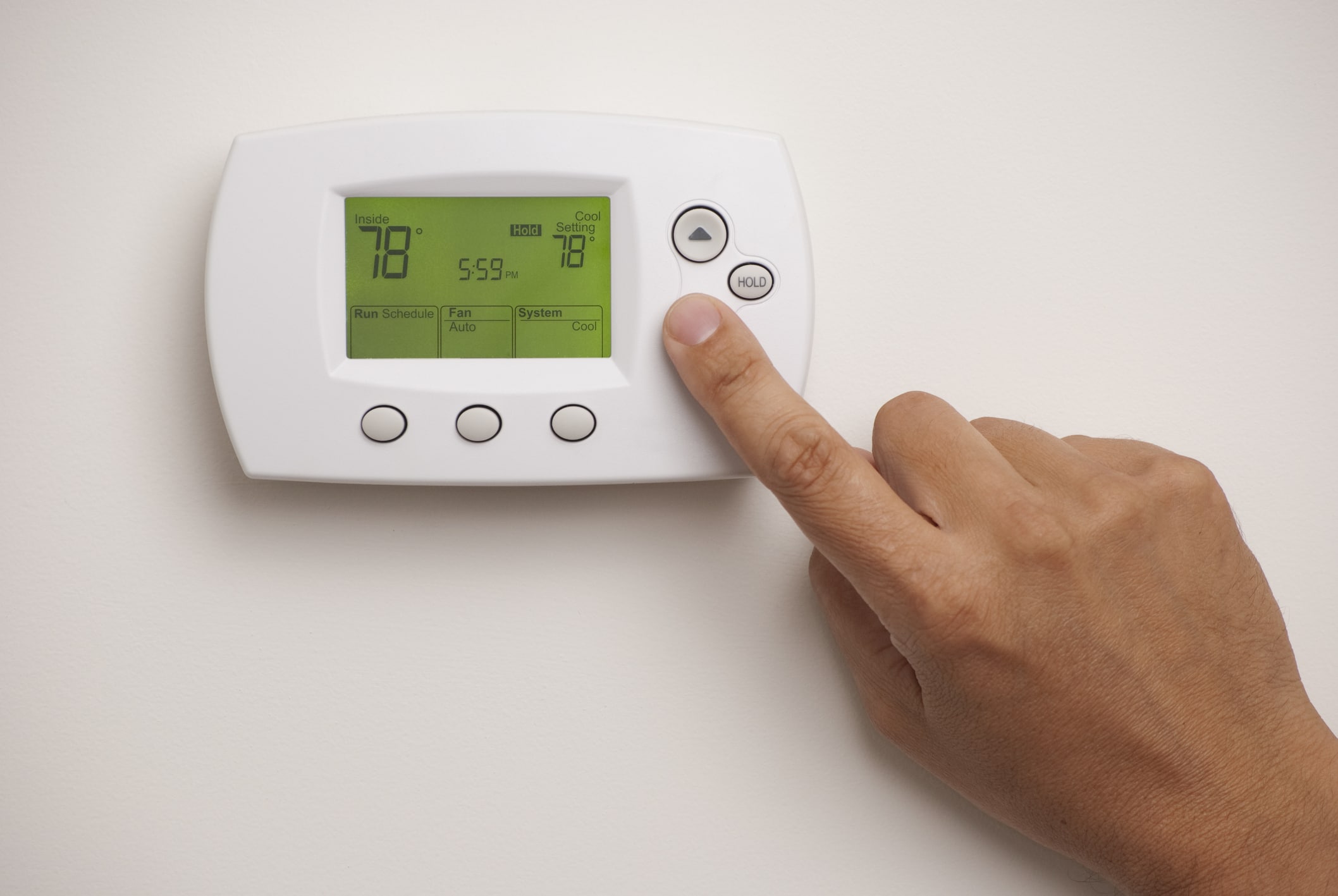
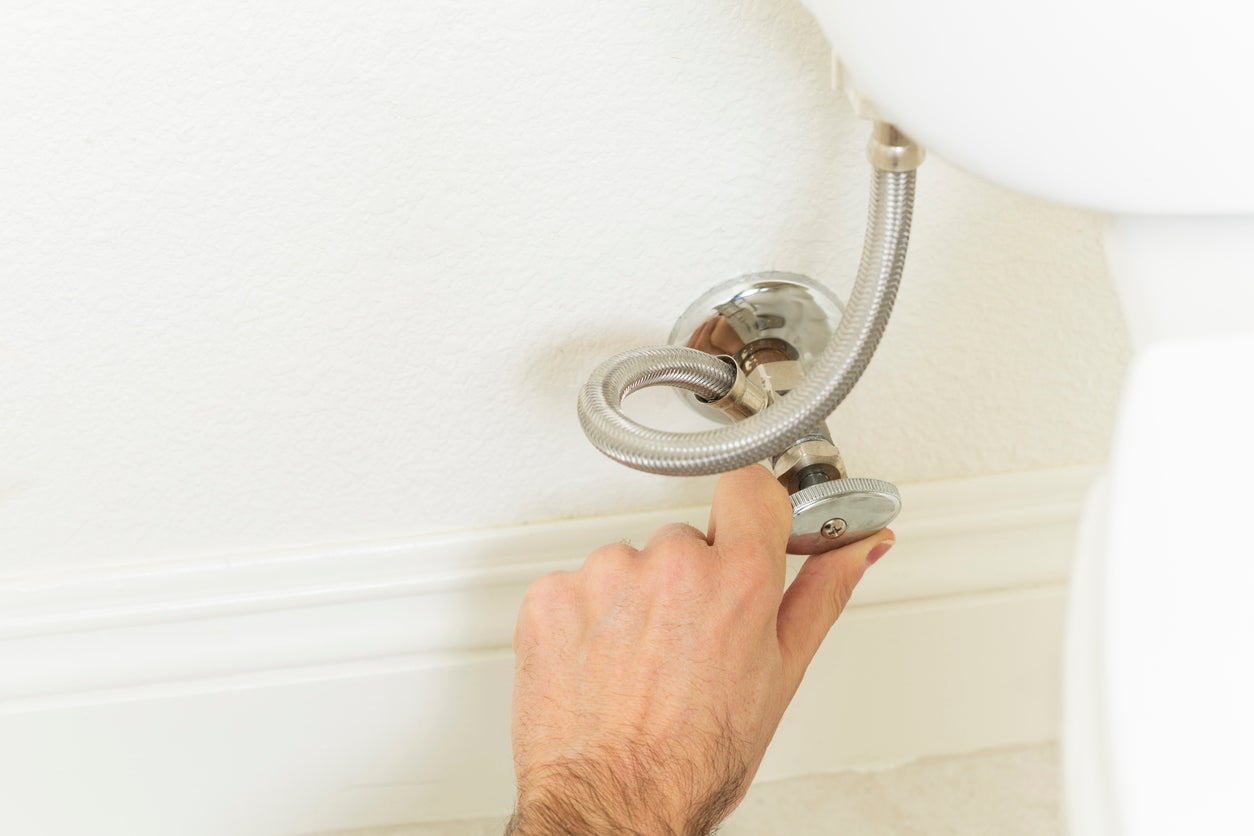

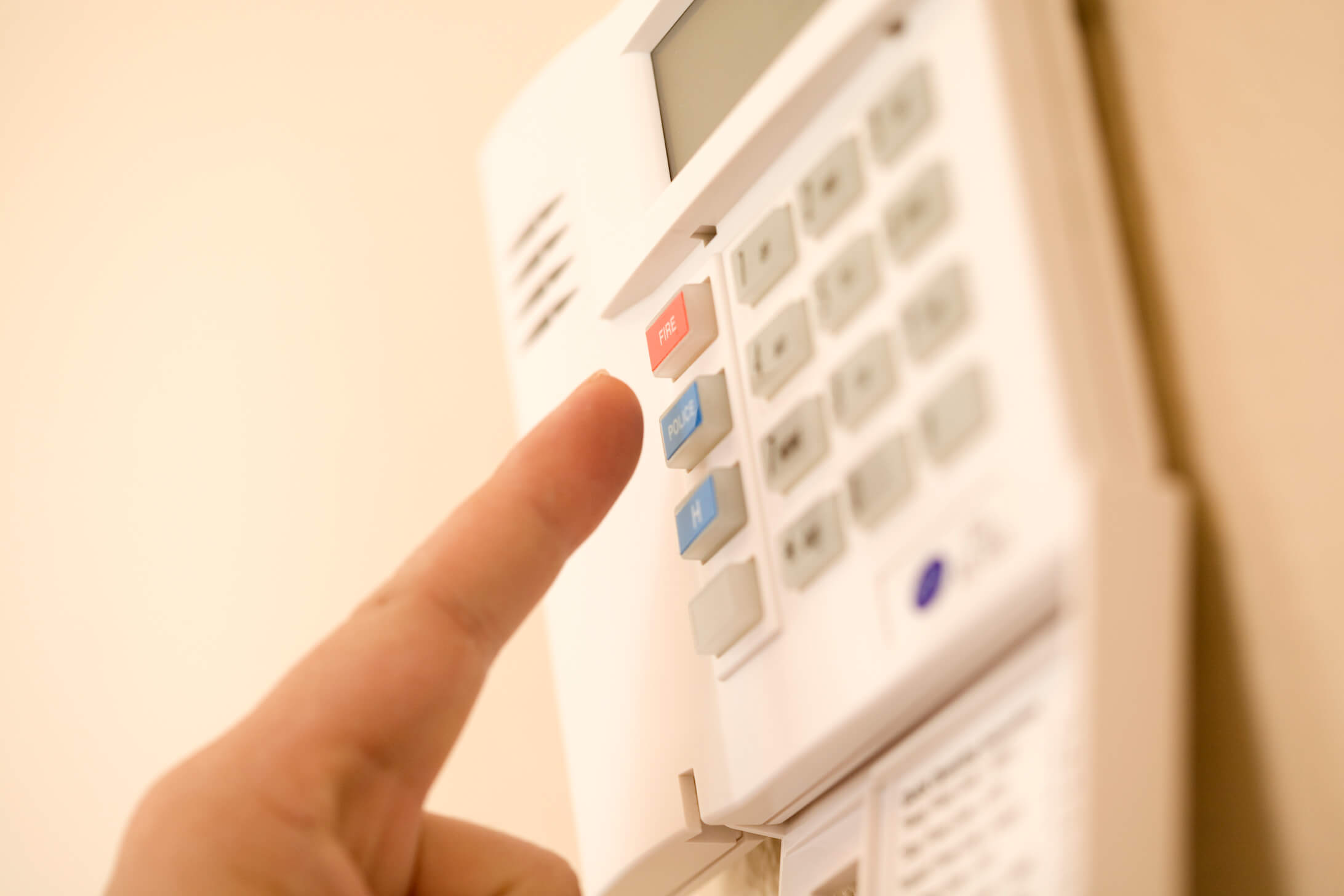
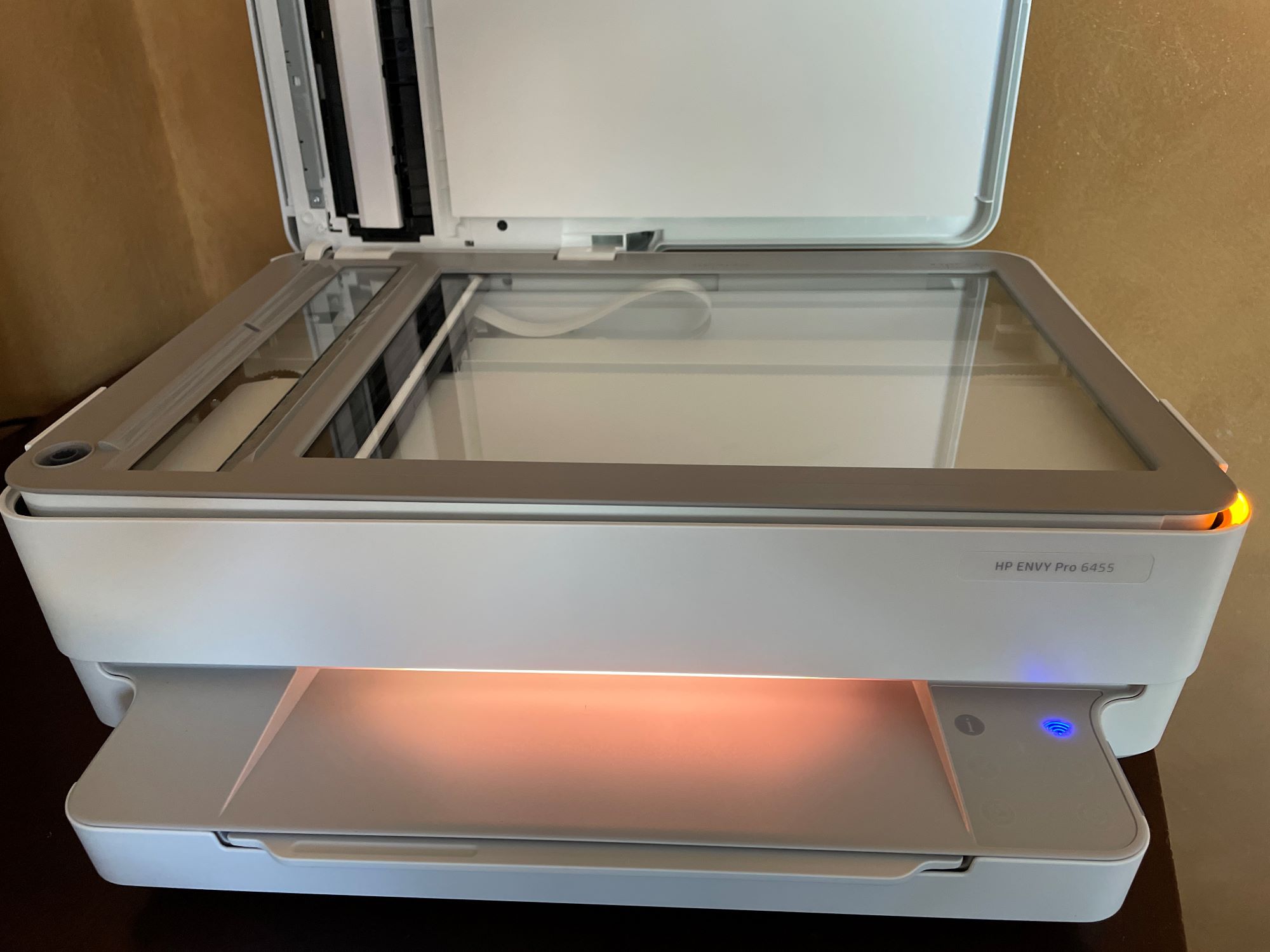

0 thoughts on “How To Turn Laptop Fan Off”